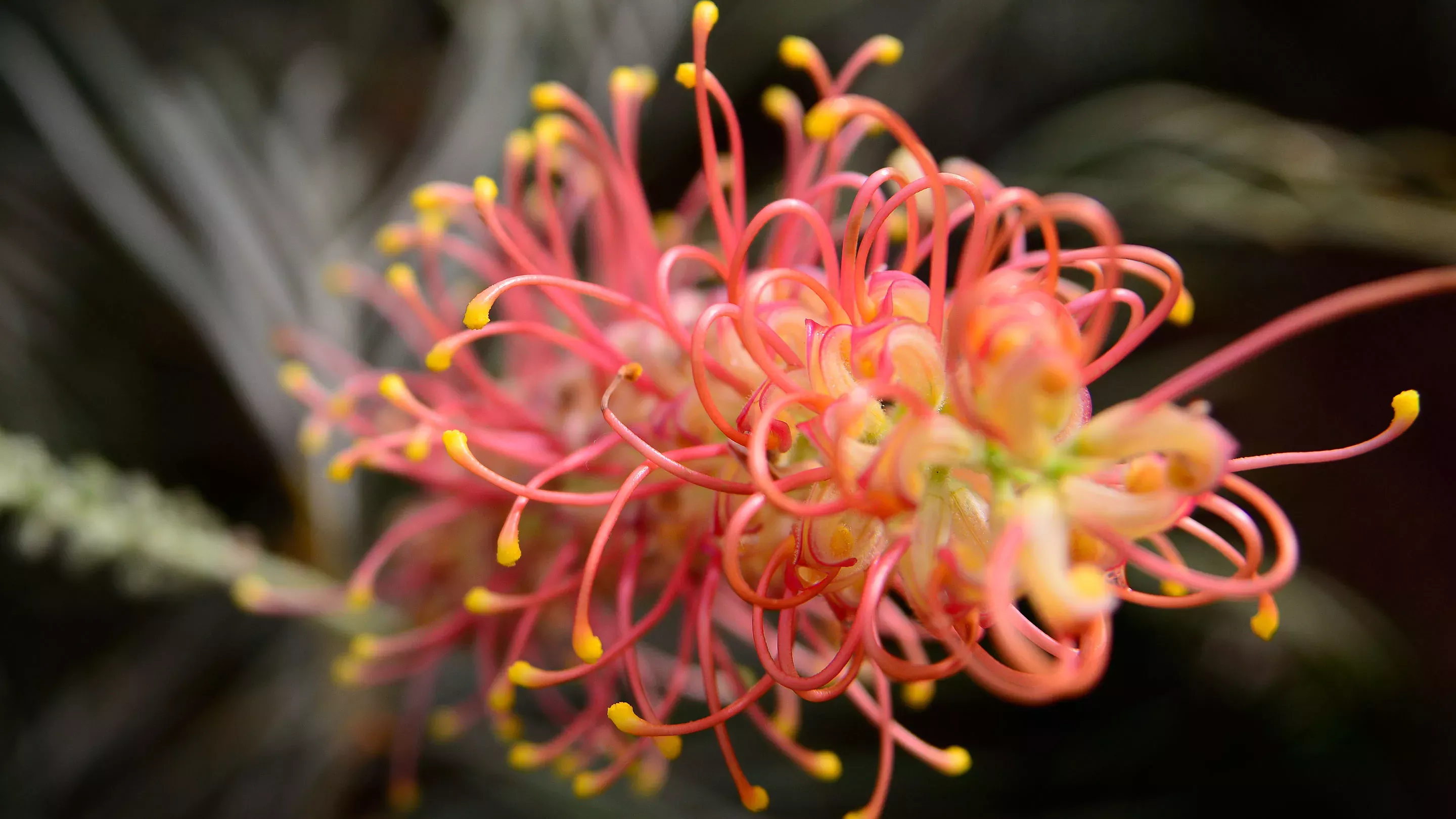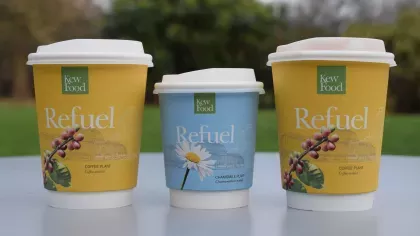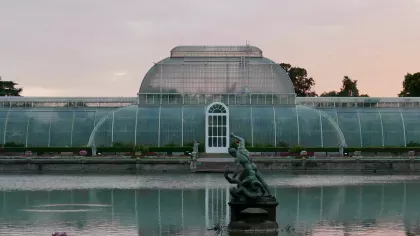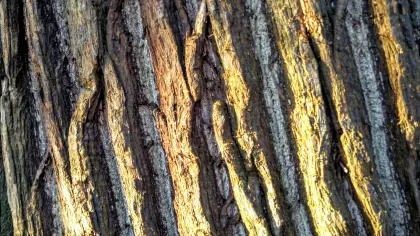10 May 2019
Kew’s biosecurity bouncers
From inspecting incoming plant material to helping prevent illegal wildlife trade, our Quarantine Unit has a big role to play. Sara Redstone, Kew's Plant Health and Quarantine Officer, reveals all.

Monitoring our collections, eradicating pests and pathogens, facilitating research and helping the police, APHA (the Animal and Plant Health Agency) and UK Border Force are all in a day’s work for our Plant Quarantine Unit.
The new purpose-built unit opened in 2011 and is staffed by a team of two – the plant health bouncers of Kew, keeping the threats out. Sara Redstone, our Senior Plant Health and Quarantine Officer, shares what the team get up to…
Keeping Kew’s plants safe and healthy
Operating the Plant Quarantine Unit and Jodrell Glasshouse, we are the base for applied plant health and biosecurity activities at Kew and Wakehurst.
We work with staff to ensure that plant material – whether seeds, cuttings, plants, wood or tissue cultures – are all imported and managed in line with plant health legislation and other relevant conventions, such as CITES and the CBD.
Material that is controlled or prohibited entry to the UK because of the potential risks it may pose to the environment, economy and livelihoods is only permitted into the UK under certain conditions.
Controlled material requires inspection before export and again on arrival in the UK and must be accompanied by a valid phytosanitary certificate. Prohibited plant material can only be imported to the UK and grown and used in quarantine facilities licensed by APHA.
High on the list of prohibited taxa are plants, seeds and propagules of species in the Solanaceae family, which includes major crops such as potatoes, tomatoes, aubergines and chillies and many native wildflowers and exotic ornamentals too.
Plants and cuttings of Vitis (grape), grasses, citrus, conifers and other tree species and members of the rose family are also subject to the highest level of control, depending on their country of origin. Many people assume seed to be a safe way of moving plant material around the world but sadly that's not the case, so some seed are prohibited too.
We routinely inspect live material coming into the Gardens, regardless of its origins, to make sure that we aren’t introducing new pests, diseases or invasive species to the Gardens or our collections.
For plants from commercial suppliers, wherever they’re from, we aim to check between 5 and 10% of each variety as soon as possible after their delivery to Kew. If we find something which may be a problem then we isolate the affected material and work to identify and deal with the issue before it has a chance to impact Kew’s core activities.
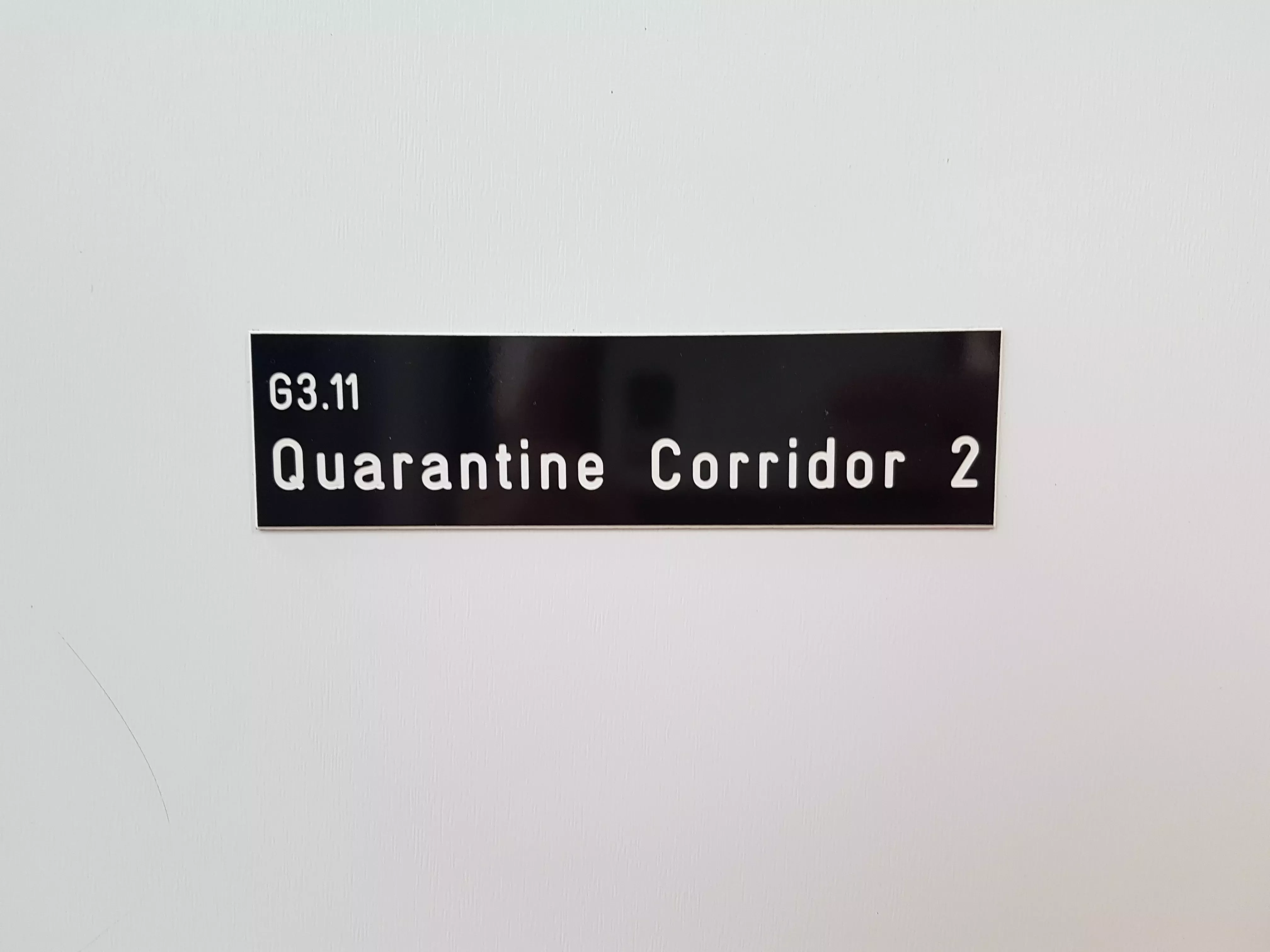
Inside Quarantine House
Our work is largely based in the Quarantine Unit where all our inspections take place. We use microscopes and other tools to check samples.
The building is divided into areas with different functions. The most critical is the high containment area which is separated from the rest of the building by a cold lobby, kept at a bracing 4°C. The doors to the lobby can’t be opened simultaneously, which helps reduce the risk of pests getting in our out, as does the bracing 'shower' of cold air and sticky mat on the floor there.
The eight glasshouse chambers within this high containment area, where the most precious and highest risk plants are grown, are held at negative air pressure. If there is a breach in containment, such as a smashed glass panel or a failed seal, then air comes into the bay, keeping any pests or pathogens which might be present inside the building.
Each of the chambers has a heated floor which slopes down to a channel along one end where waste water is collected. This water is then autoclaved (sterilised by high-pressure steam) before it leaves the building. Air coming in and out of the building is HEPA-filtered.
Any plant material found to pose a significant pest or disease risk will be destroyed in our incinerator.
Take a tour of Quarantine Unit in the gallery below...

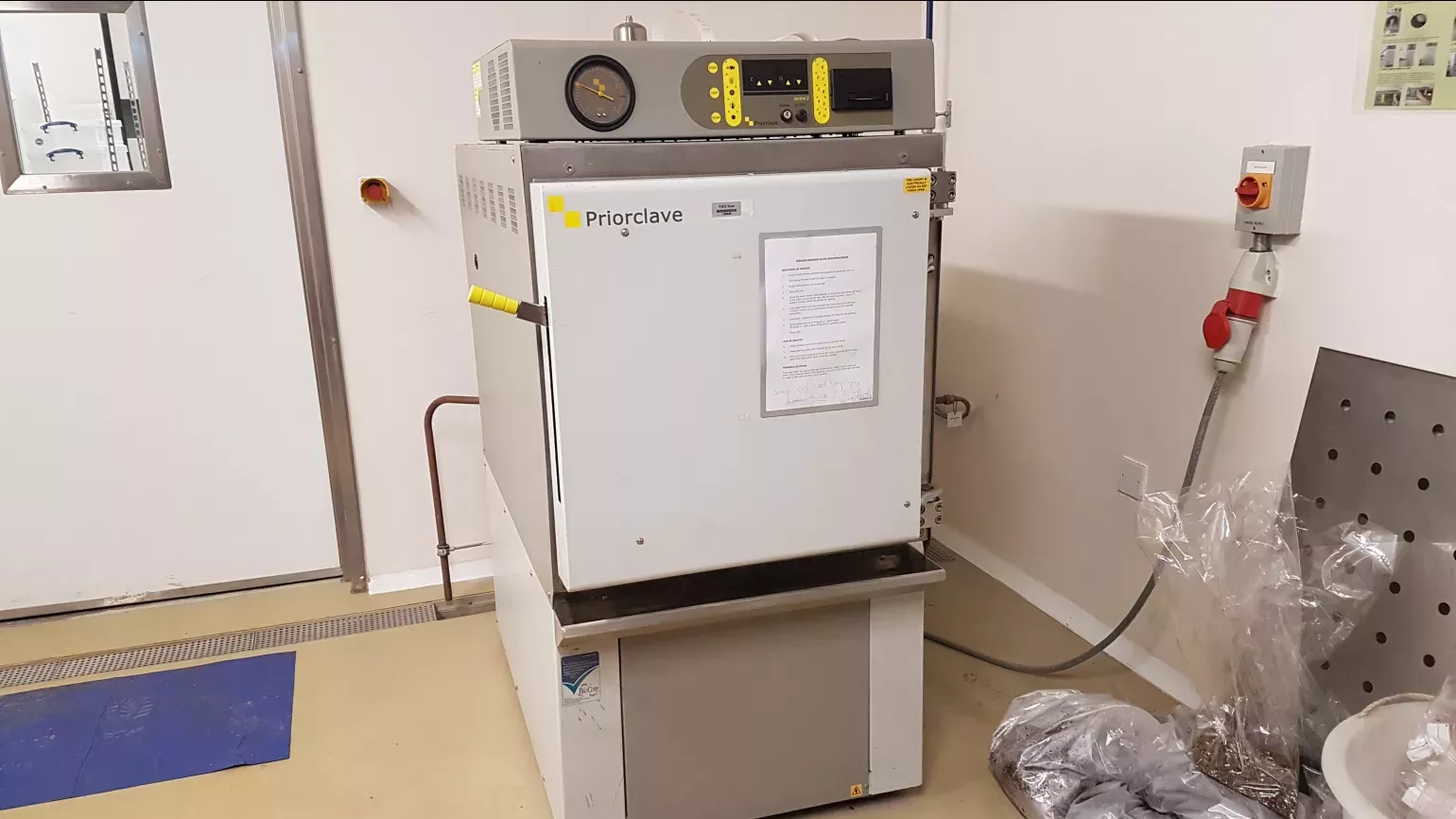
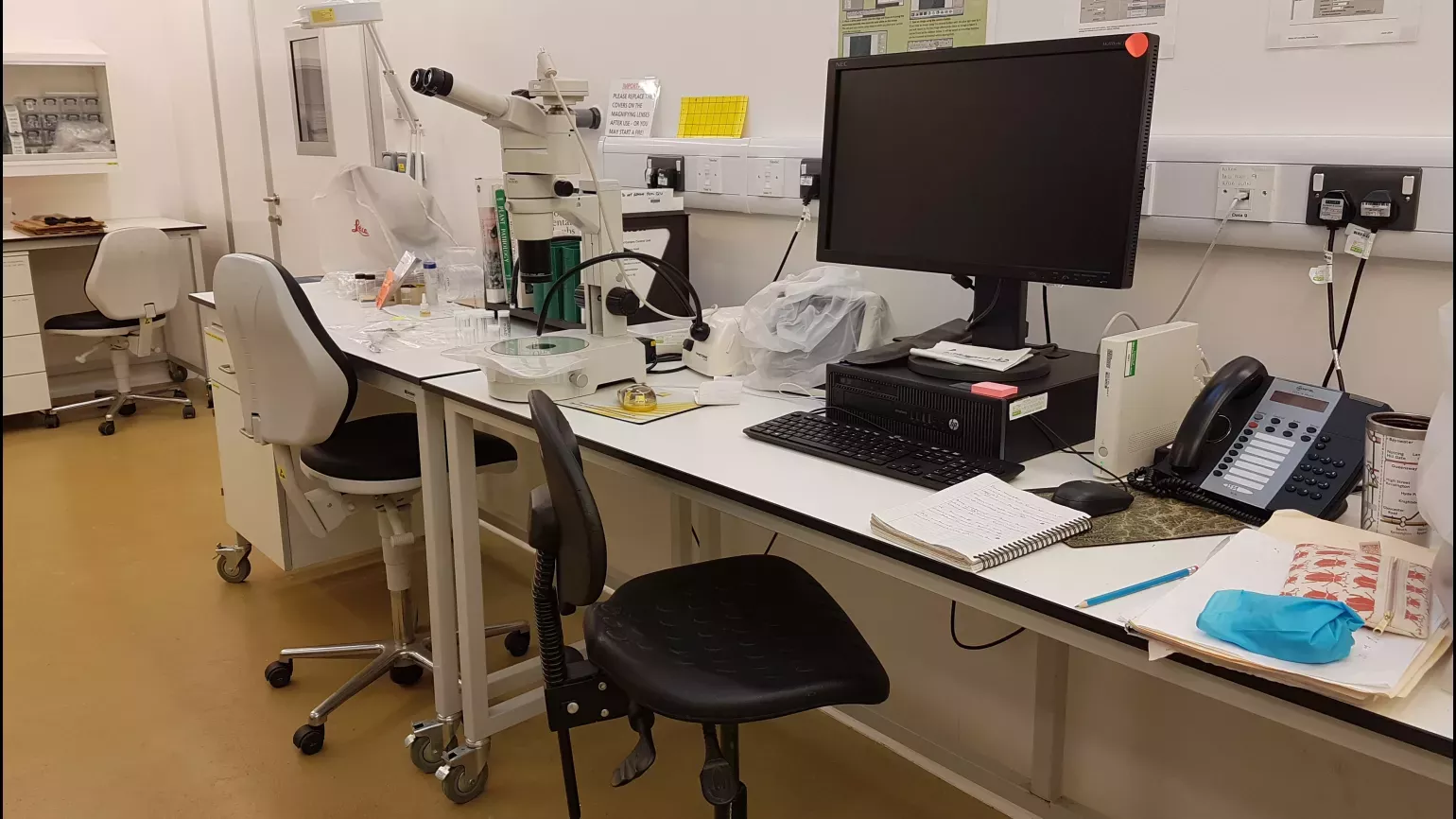

The problem plants
- While we’ve developed robust processes at the Millennium Seed Bank to tackle potential pest and disease issues when collecting, importing and growing seeds from around the world, seed imports remain a biosecurity concern. Plant health guidelines interpret complex legislation which doesn’t always recognise and address the risks associated with seed.
- Large containerised plants with root balls covered in soil are a big worry for biosecurity, as pests and pathogens can lurk in or on the plant.
- Bonsai may be small in size but they are a big biosecurity risk so are very tightly controlled to protect other trees.
- With succulents, depending on their origins, there’s a high risk of the plants containing insect pests which may not become obvious under UK growing conditions for two or more years.
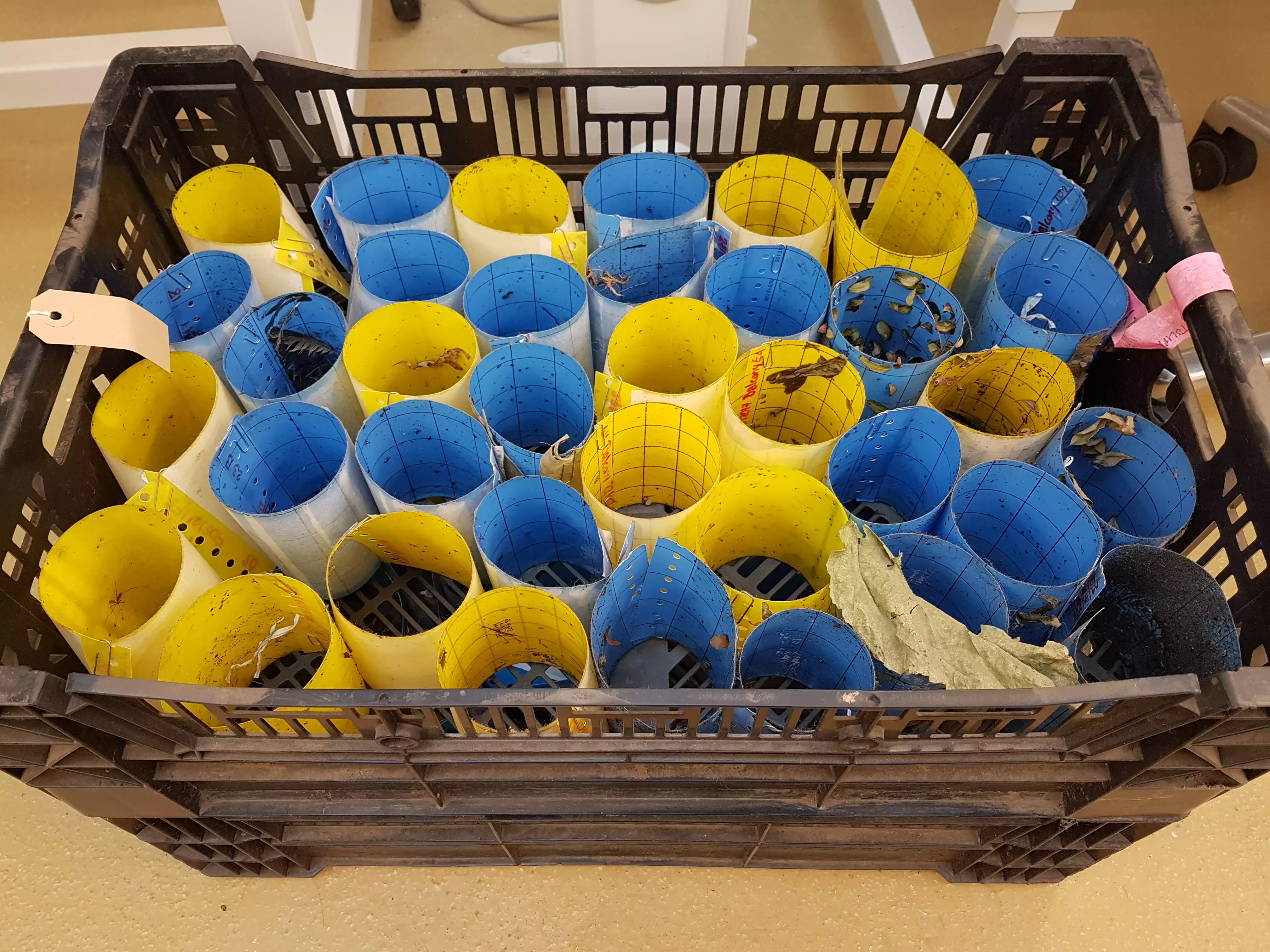
Fighting off pests and disease
One of the key things about how we manage quarantine here is that we don’t routinely apply pesticides. This is because we don’t want to miss signs of any underlying issues – it’s important we know what problems are there so we can tackle them. Some pesticides don’t kill the problem but can, worryingly, mask the symptoms.
Sudden oak death or Phytophthora ramorum is a serious plant disease. It is an example of a disease where the symptoms can be masked by the use of some pesticides while remaining infectious. An outbreak of sudden oak death on site at Kew or Wakehurst could have major implications for plants and people – parts of the plant collection could be lost and we might be required to destroy others to prevent the disease spreading, access to parts of the site would be restricted or banned, visitors and vehicles might have to use disinfectant foot baths and potential hosts close to the outbreak might have to be chipped and destroyed.
We prefer to apply the precautionary principle and assess and manage risk. In the case of sudden oak death, if we need to source high risk hosts from a commercial source then we check they aren’t in an area known to be affected by the disease and when we bring the plants to Kew we grow them in quarantine for a minimum of 10-12 weeks. This gives time for any plant protection products which may have been used to wear off and disease symptoms to show.
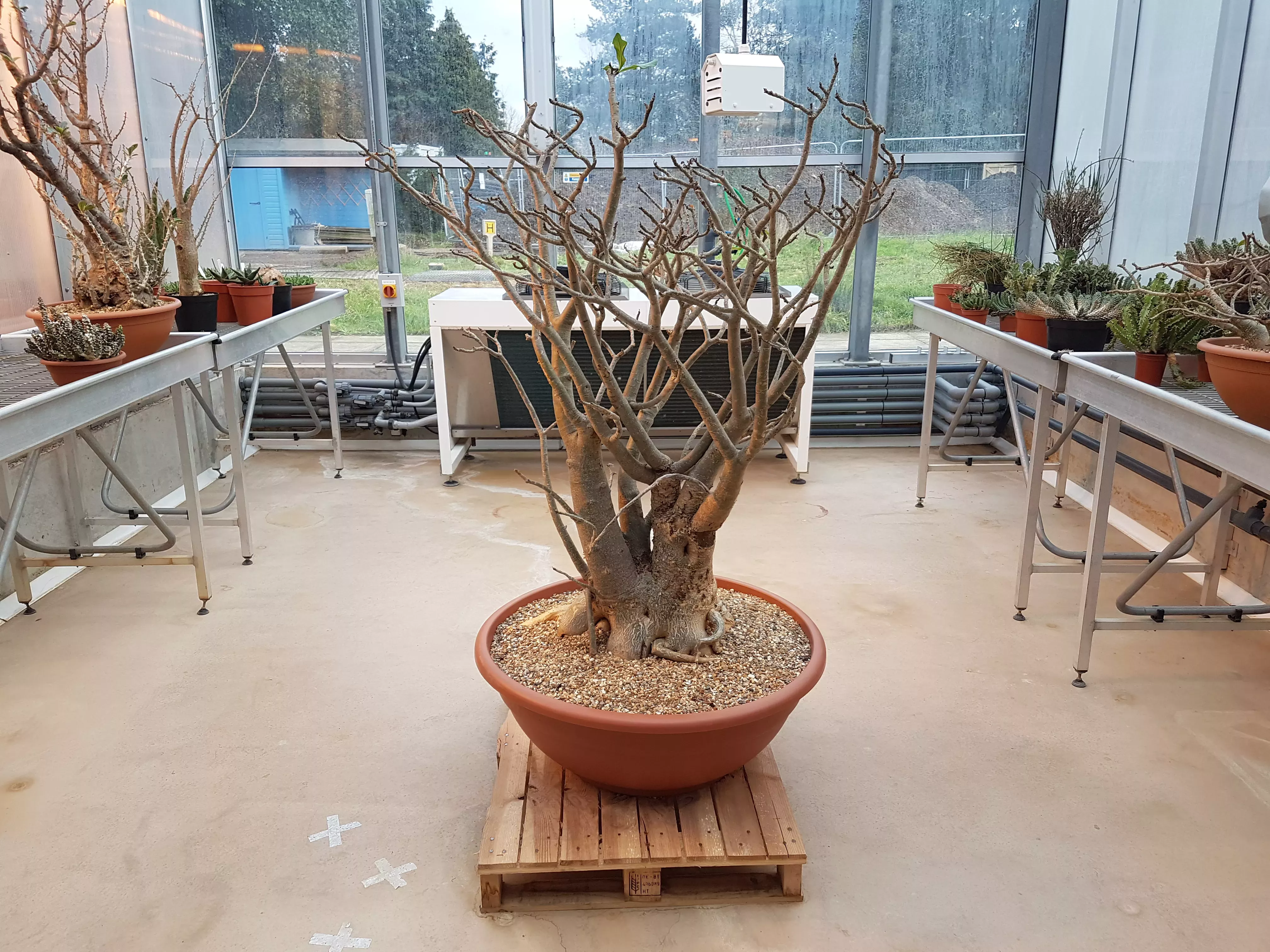
Protecting the archive collections
It’s not just about protecting our living collections. We also have concerns about insect pests that might affect our Herbarium and Library, Art and Archives.
A few years ago we received some rare palm fruits from a suburban area in the southern USA. We incubated them briefly and quickly found that they contained adults and larvae of the cigarette beetle – a not uncommon pest which damages paper, textiles and similar materials like herbarium specimens. The beetles had clearly developed resistance to a wide range of pesticides as we used four products and couldn’t kill them. So we made the decision to incinerate the palm material as there was too high a risk to other parts of Kew, even though the risk to the living collections was low.
We don’t like to destroy plant material; we’re gardeners. We like growing plants.
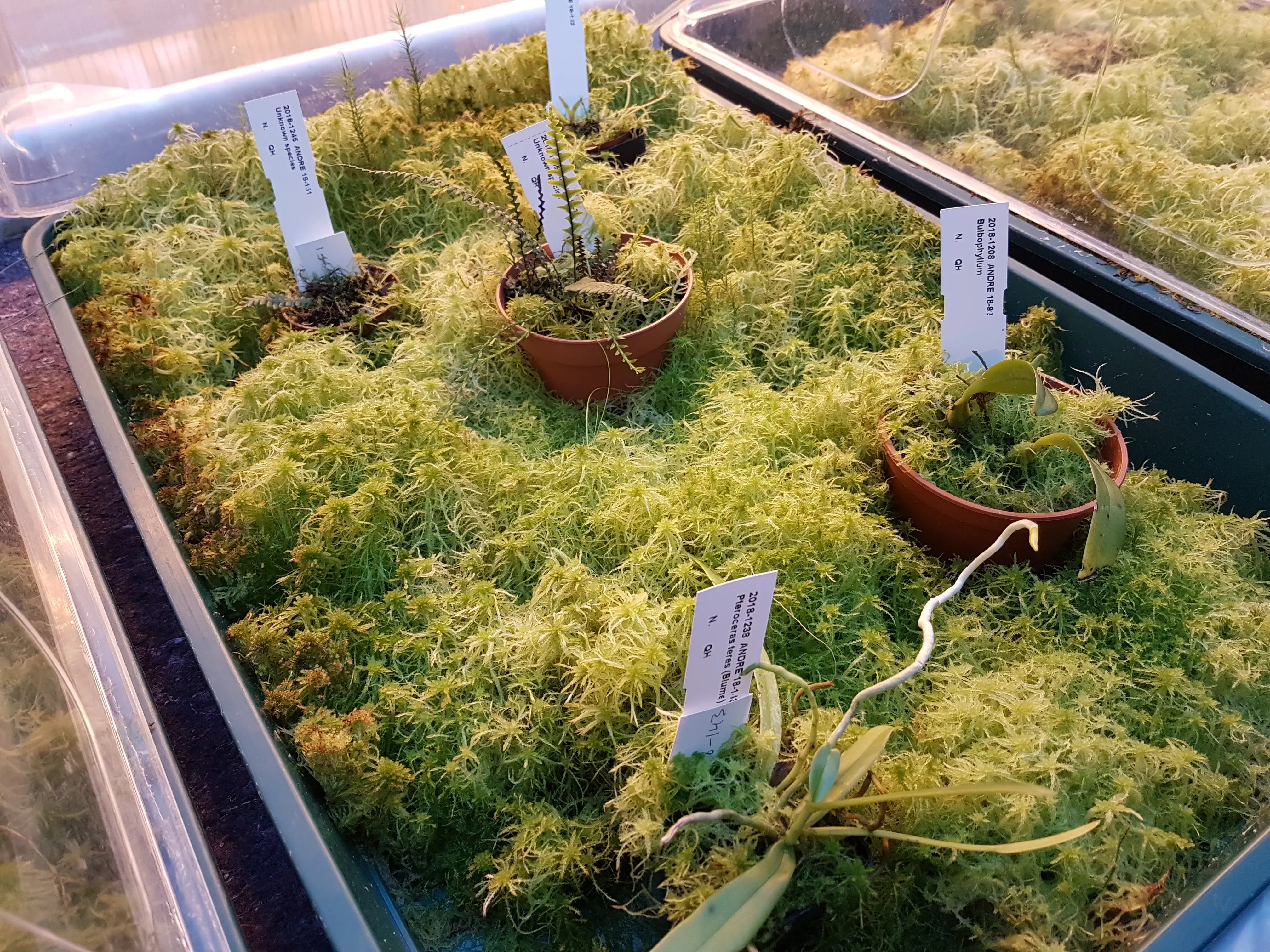
Checking what goes out
We occasionally quarantine live plant material which we are exporting. As the IUCN’s data shows, island habitats are particularly vulnerable to the introduction of invasive species, including pests and diseases, so we make sure the material is clean. For example, we quarantined and screened young plants of a rare endemic palm before returning them to Turks and Caicos. We like to share plants, not problems.
Teaming up with government agencies
Part of our work involves supporting officers from UK Border Force, the police and other agencies, and inspectors from APHA’s Plant Health and Seeds Inspectorate. We help them by identifying samples or whole consignments of imported plant material and, where appropriate, establishing whether it is wild collected or artificially propagated.
Collaborating with colleagues from across Kew we work to identify the material to species level, where possible. We assess the biosecurity risks shipments may pose and try and establish whether it may serve a useful purpose in the conservation of such species in the wild. For example, wherever possible, we aim to hand pollinate rare orchids when they flower and generate seed for seed banking, so that it is available for conservation and research into the plant species.
